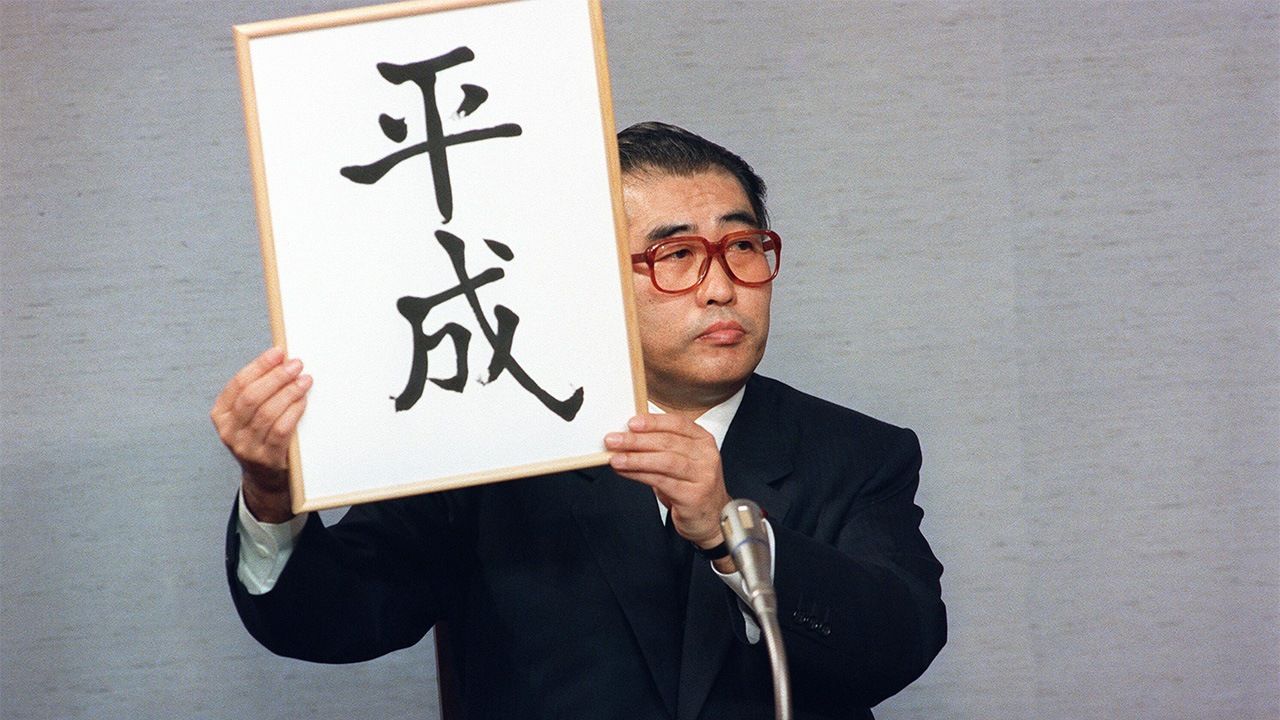
Past Choices Hint at Possible New Era Names for Japan
Society Culture- English
- 日本語
- 简体字
- 繁體字
- Français
- Español
- العربية
- Русский
Japan has had 247 era names since instituting the system under Emperor Kōtoku in 645. From the Meiji era (1868–1912), there has been one era for each emperor. Previously, however, the name often changed several times during an imperial reign, such as in a spirit of renewal after an inauspicious event like a war, earthquake, epidemic, or major fire.
The characters in the 247 names add up to a total of 504, although due to repeated reliance on the same kanji, just 72 different ones are used. The top five appear in almost half of all era names, presumably because of their particularly felicitous associations.
For example, the most commonly used character 永 (ei/nagai) signifies “eternal” or “very long,” while 天 (ten/ama), meaning “heaven,” carries connotations of holiness and reverence. The third most frequent kanji, 元 (gen/moto), indicates a “beginning,” and the fourth, 治 (chi/osameru), is associated with well-ordered government.
Incidentally, in Heisei (平成), the character 平 (peace) was used for the twelfth time, but 成 (become) made a debut appearance. In the preceding Shōwa (昭和) era (1926–89), 和 (Japan/harmony) was included for the nineteenth time, but 昭 (shining) was new.
Most Commonly Used Kanji in Japanese Era Names
| 1. | 永 (ei/nagai) | Eternal; very long | 29 times |
| 2. | 天 (ten/ama) | Heaven | 27 times |
| 3. | 元 (gen/moto) | Beginning | 27 times |
| 4. | 治 (chi/osameru) | Reign; order | 21 times |
| 5. | 応 (ō/kotaeru) | Respond | 20 times |
| 6. | 正 (sei/tadashii) | Righteous | 19 times |
| 7. | 長 (chō/nagai) | Long | 19 times |
| 8. | 文 (bun/fumi) | Culture | 19 times |
| 9. | 和 (wa/yawaragu) | Japan; harmony | 19 times |
| 10. | 安 (an/yasui) | Tranquil | 17 times |
In 1979, Prime Minister Ōhira Masayoshi’s cabinet set six guidelines for choosing an era name. It should be (a) one whose meaning is appropriate to the ideals of the nation, (b) two kanji in length, (c) easy to write, (d) easy to read, (e) one that has not previously been used as an era name or emperor’s posthumous name, and (f) not a term in common use.
Historically, era names have been taken from classical Chinese sources like the Four Books and Five Classics, which are central texts to Confucianism. It is not simply a case of picking two kanji that sound good together. Heisei is based on phrases in Shiji, or Records of the Grand Historian, and Shujing, or Book of Documents. Although not clearly stated in the guidelines, it is also expected that the next era name will be chosen to have a different initial letter from Meiji, Taishō, Shōwa, and Heisei, (M, T, S, and H) so it can be clearly distinguished when abbreviated.
The new era name will be announced on April 1, one month before the imperial accession. What hopes and dreams for the future will it express through its kanji?
(Translated from Japanese. Banner photo: Chief Cabinet Secretary Obuchi Keizō announces the adoption of the era name Heisei on January 7, 1989. © Jiji.)